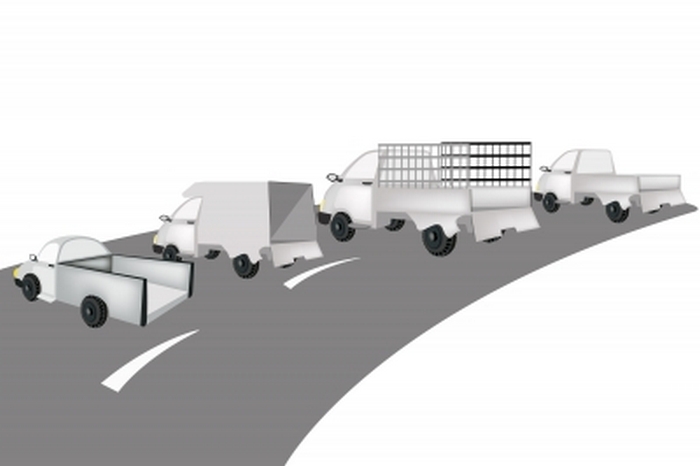Is Online Shopping Really Greener than the Traditional Way of Buying Goods?
It may not be as green as how you may have believed it is.
Many of today’s consumers tend to believe that online shopping is the more efficient alternative, that it is better than traditional shopping because it takes away the need to travel to the store and because online stores don’t have to use a lot of storage space and spend so much on marketing and promotions. However, a recently concluded study by the Delaware Center for Transportation is offering new insights on the impact of online shopping on the operation of vehicles and the corresponding greenhouse gases they emit. This multi-year regional study has something surprising to tell environmentally-conscious shoppers – that online shopping may not be as green as what most people think. The few clicks and keystrokes that supposedly make shopping faster and more convenient don’t necessarily make for green transactions, if the study’s results are to be believed.
The Study
Published in the International Journal of Sustainable Development and World Ecology, the study led by Arde Faghri, a professor in the Department of Civil and Environmental Engineering and the director of the Delaware Center for Transportation, is called “Impacts of Home Shopping on Vehicle Operations and Greenhouse Gas Emissions.” It is centered on online shopping activities in Newark. Through a survey, the study compiled data that identify shopping behavior and generate a summary of results in different categories of products. Simulation and analysis were then conducted.
Study Results
In a news release posted on the the University of Delaware website, Mingxin Li, one of the researchers involved in the study, said that their simulation results showed that home shopping creates an additional burden on the local transportation network instead of diminishing the traffic. This “burden” was determined based on the following criteria: travel time, delay, average vehicle speed, and the emission of greenhouse gases.
The gains achieved by using less space and energy through the operation of online stores are being counteracted by the deployment of more delivery trucks on the roads. The retail consumer may have saved on transportation expenses and time but the sellers are the ones spending for the transportation or deliveries. The deployment of delivery trucks, in turn, contributes to more wear and tear on pavements especially in residential communities where the roads are not designed for heavy vehicles. Additionally, residential and downtown streets are not designed for frequent truck stops, loading, unloading, and even parking. Delivery trucks also tend to disrupt traffic as they park or stop in areas mostly used by smaller vehicles.
Moreover, the researchers found it interesting that the total number of vehicle miles traveled did not decrease even as online shopping became popular. The researchers suggested that it is because most of the time consumers who buy things online still go out to eat at restaurants, watch movies, or do other things that involve the use of public transportation or the use of their own vehicles. Basically, based on the findings, online shopping does not have an impact on the reduction of emissions from transportation even if online shopping supposedly cuts away the need to travel or use vehicles that contribute to greenhouse gas emissions. It would be unwise to bank on online shopping to try to reduce greenhouse gas emissions from vehicles.
Limitations of the Study
The authors of the study, however, emphasized that the data they compiled and analyzed were only from a small geographic area. Also, the study was focused on purchases made by end users or individuals, not commercial and industrial businesses. When it comes to commercial online purchases, there may not be that much of a difference considering that they tend to purchase in bulk. There was no mention of any attempt to do the study on a larger scale.
Significance of the Study
Despite the limitations of the study, Faghri emphasized that the data they were able to compile can be useful for local, regional, state, and national public infrastructure planners . They can use some insights from the study in developing the roads or pathways of residential areas in the future. Since online shopping is expected to become more and more prominent in the years to come, it would be ideal if future communities are planned with the regular traffic from delivery trucks taken into account.


